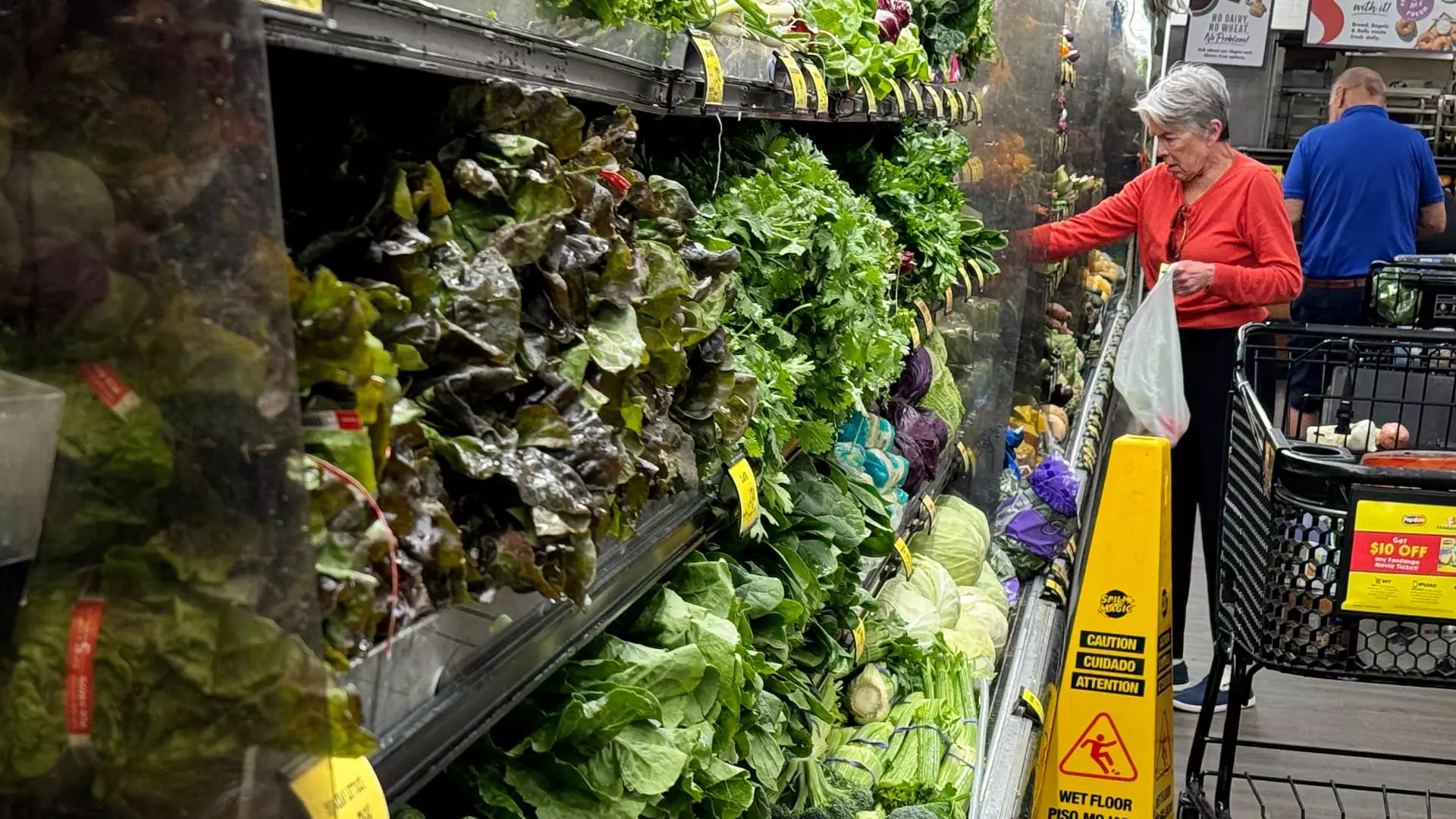Inflation in the United States continued to show signs of retreat in July. The consumer price index, a key measure of inflation, increased by 2.9% from a year ago, according to the U.S. Department of Labor. This figure represents a decline from the 3% inflation rate recorded in June and marks the lowest reading since March 2021. The consumer price index tracks the changes in prices of a wide range of goods and services, including food, energy, and household appliances. Economists, like Mark Zandi, view this moderation in inflation positively, especially for essential items like groceries, market rents, and gasoline, which are increasing at a slower pace.
The recent inflation data is reassuring for consumers, particularly those with lower incomes who are more susceptible to rising prices. The report suggests that the worst of the inflationary pressure may be behind us, with the inflation rate nearing the Federal Reserve’s long-term target of around 2%. This trend is likely to prompt policymakers to consider rate cuts in order to stimulate economic growth. Lower interest rates would reduce borrowing costs for consumers and businesses, providing a much-needed boost to the economy.
One notable challenge that is keeping inflation levels above the Federal Reserve’s target is the housing sector. Shelter costs, which make up a significant portion of the consumer price index, have been steadily increasing. This has a substantial impact on inflation readings, as shelter inflation accounts for over 70% of the annual increase in the core CPI, which excludes volatile food and energy prices. Despite some positive trends in the rental market, housing inflation remains a concern for policymakers.
The report highlights price increases in several categories, such as motor vehicle insurance, medical care, personal care, and recreation. These segments have seen notable inflation rates over the past year, with prices rising significantly. However, some categories like new and used cars have experienced price declines, which should alleviate inflationary pressure in related areas like car insurance premiums and vehicle repair costs. Additionally, the resurgence of bird flu has led to a spike in egg prices, while other food categories like bacon and crackers have also seen price increases.
Inflation for physical goods surged as the U.S. economy reopened following the COVID-19 pandemic. Disruptions in the supply chain and changes in consumer spending patterns contributed to this increase in prices. However, the situation has started to normalize, with goods inflation stabilizing. The services sector, on the other hand, remains a concern, as it is more sensitive to labor costs. Economists expect services inflation to ease as wage growth declines and the job market softens.
Overall, the July inflation report provides valuable insights into the state of the U.S. economy and the challenges it faces. While the moderation of inflation is a positive development for consumers, policymakers will need to closely monitor trends in different sectors, especially housing and services. By employing appropriate measures, such as interest rate adjustments, the Federal Reserve can help steer the economy towards sustainable growth and stability.

